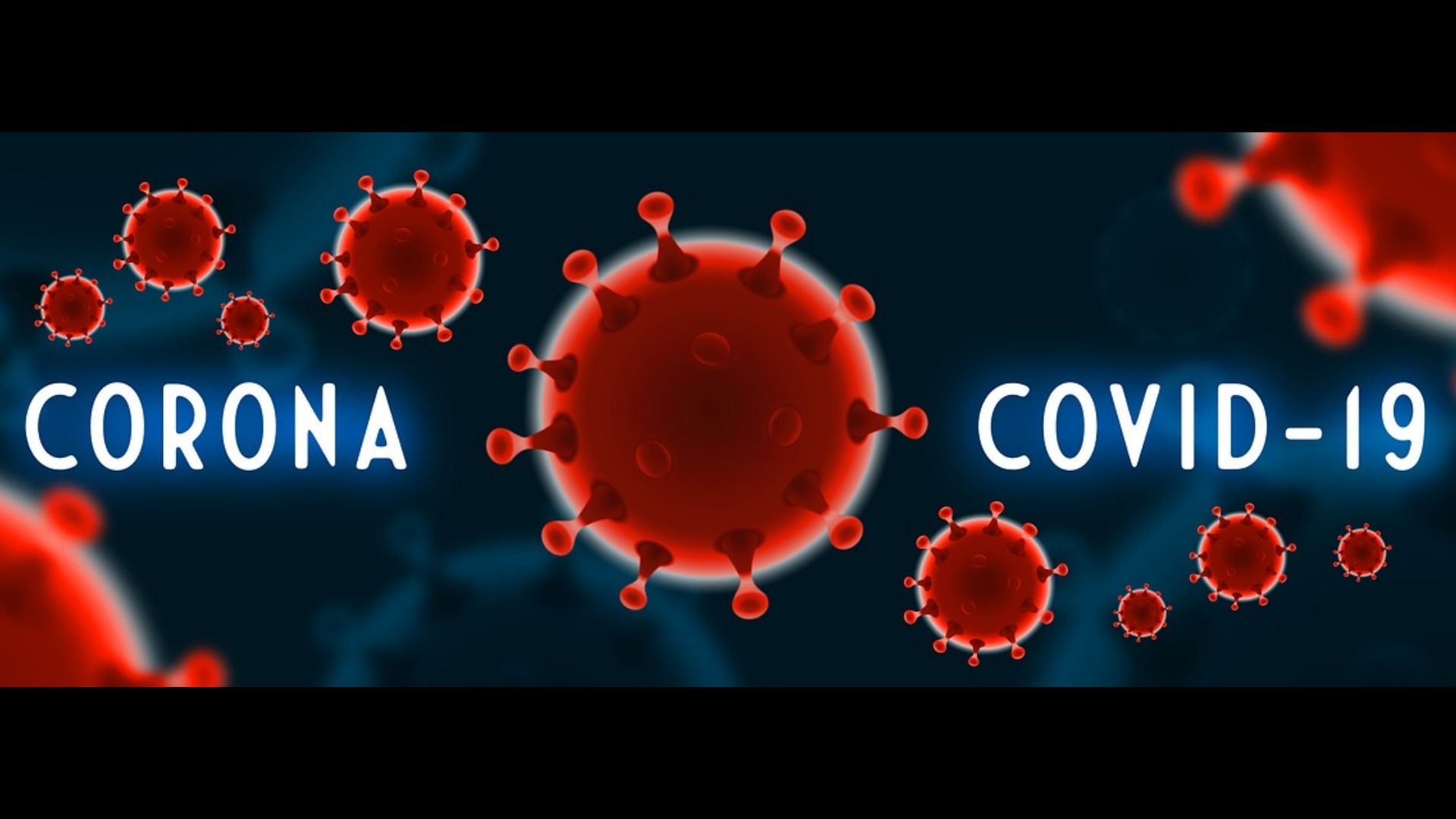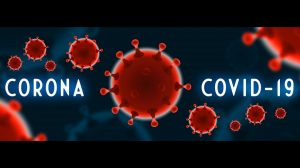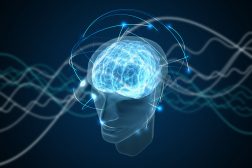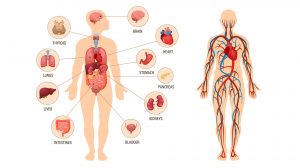
Coronavirus disease 2019 (COVID-19)
Table of Contents
Coronavirus Disease 2019 (COVID-19)
Coronavirus Disease 2019 (COVID-19) is a contagious coronavirus disease first detected in 2019 in Wuhan, China, and has since spread to different countries, thus, gaining its pandemic status in 2020. Towards the end of 2019, COVID-19 was an emerging infectious disease caused by, apparently, a new coronavirus ( at first, referred to as nCOV) that is distinct from the previously identified coronaviruses.
The first confirmed COVID-19 case was from a resident of Wuhan in Hubei, China in December according to the official report to the World Health Organization (WHO).
However, earlier cases (as early as mid-November) might be possible but unreported. (Ref.1) When the number of cases escalated at an alarming rate, the scientific community soon directed its research efforts into understanding the disease and the virus causing it. Eventually, the COVID-19 agent was identified to belong to a coronavirus family.
Coronaviruses include other medically-important viruses like SARS-CoV (caused the SARS outbreak in 2002-2004), MERS-CoV (caused MERS outbreaks in 2012, 2015, and 2018), and common-cold coronaviruses. They are characterized mainly by their large, single-stranded RNA genome. The possible emergence of a novel strain of coronavirus capable of causing a similar outbreak was already predicted by scientists more than a decade ago. (Ref.2)
In February 2020, the coronavirus causing COVID-19 was officially named SARS-CoV-2 (severe acute respiratory syndrome coronavirus 2) for its likeness to SARS-CoV. (Ref.3)
(For differences between SARS-CoV-2 and SARS-CoV, read this article)
Signs and symptoms
The first signs that most COVID-19 patients experience are fever and cough, and then after a week, another symptom surfaces, which is shortness of breath. Other typical symptoms are fatigue, sore throat, palpitations, chest tightness, headache, myalgia, malaise, sneezing, runny nose, nausea, anorexia, vomiting, diarrhea, and abdominal pain. These signs are not all-inclusive. When many of these signs develop, especially shortness of breath, immediate medical attention is warranted. (Ref.4)
The incubation period is typically 5 to 6 days from the time of contracting the virus. In some instances, symptoms may appear later, up to 14 days from the time of infection. Some individuals carrying the virus may not show these symptoms at all. They are referred to as “asymptomatic” (as opposed to the symptomatic).
Many of the symptomatic COVID-19 patients have mild symptoms and can recover at home. By contrast, the elderly and the immunocompromised individuals tend to have more severe symptoms. When the condition progresses into severe complications, e.g. pneumonia, septic shock, and multi-organ failure, then it becomes critical and the odds that it could culminate in death are high. Pre-existing illnesses that can worsen the symptoms of COVID-19 are diabetes, hypertension, heart disease, and chronic respiratory disease.
| Most common symptoms of COVID-19: |
|---|
| Fever |
| Cough |
| Dyspnea (Shortness of breath) |
| Warning signs to watch out for: |
| Difficulty breathing |
| Chest pain or pressure that is persistent |
| Inability to arouse or confusion (Shortness of breath) |
| Bluish lips or face |
Symptoms typically last for about two weeks in mild cases. But in severe or critical condition, the symptoms could last from three to six weeks. (Ref.5)
Diagnosis
The initial symptoms of COVID-19 are similar to the common flu and therefore it can be mistaken for it. Thus, an efficient COVID-19 diagnostic test is crucial. To date, there are two main ways to test for COVID-19: (1) molecular recognition and (2) serology testing. The first method, which is the standard, makes use of molecular strategies, such as real-time rtPCR and nucleic acid tests. The genetic material of SARS-CoV-2 can be detected from the collected specimens (e.g. nasopharyngeal and oropharyngeal swabs, sputum samples, endotracheal aspirate, bronchoalveolar lavage, blood, stool, and urine). The target viral genes include N, E, S, and RdRP genes. (Ref.6) Serology testing is a diagnostic procedure that detects antibodies from the host. B cells, in particular, act upon any antigen it encounters. Thus, if it detects SARS-CoV-2 inside the body it subsequently produces antibodies that will specifically attack the virus. ELISA antibody test kits detect the presence of such antibodies. However, this test is useful only when conducting surveillance and confirmatory procedures. In this regard, molecular recognition is favored as of this time because it is useful not just in confirming the presence of SARS-CoV-2 but also in determining active infections.
Prevention
At a global-scale level, the spread of the virus is forestalled by imposing restrictions on travels and the entry of tourists. For local communities, social connections are cut by implementing protocols on social distancing, isolation, and quarantines.
Mass gatherings are prohibited and establishments have been closed, except for hospitals, pharmacies, convenience stores, and food services. Public transport has been limited to healthcare workers’ use. People that have not been infected with the virus are advised to stay home.
At the personal level, preventive measures include proper hygiene, hydrating, eating a healthy diet, and keeping a healthier lifestyle, such as doing workouts, avoiding alcohol and smoking, and getting enough sleep.
Proper hygiene involves regular proper hand washing (at least 20 seconds of handwashing with soap and water), using sanitizers and alcohols (at least 60%) as needed, and avoiding touching the face with unwashed hands. Wearing masks also helps prevent the spread of the virus. Spitting should be avoided. All these measures are enforced to “flatten the curve” to allow more time for healthcare systems to accommodate and better manage the volume of patients.
Vaccine
There is currently no vaccine for COVID-19 as of early 2020. Researchers are still developing a vaccine that can be effective while safe, too. Developing a new vaccine could take a long time to make to ensure that it is effective without adverse effects.
However, the pandemic status and the mounting number of fatalities, researchers hasten to come up with one. As of March 2020, clinical trials are underway. On March 16, the first clinical trial started in the U.S.(Ref.7) Still, at the current rate, the COVID-19 vaccine is projected to be available for use in public one to one-and-a-half years from now. (Ref.8)
Passive antibody therapy
Another potential treatment is passive antibody therapy. In this type of modality, antibodies from the blood donated by the people who recovered from COVID-19 will be used to neutralize SARS-CoV-2. The serum could, therefore, be used to incite an immune response to protect against the virus. Its development is also underway. (Ref.9)
References
- Davidson, H. (2020, March 13). First Covid-19 case happened in November, China government records show – report. The Guardian; The Guardian. https://www.theguardian.com/world/2020/mar/13/first-covid-19-case-happened-in-november-china-government-records-show-report
- Cheng, V. C. C., Lau, S. K. P., Woo, P. C. Y., & Yuen, K. Y. (2007). Severe Acute Respiratory Syndrome Coronavirus as an Agent of Emerging and Reemerging Infection. Clinical Microbiology Reviews, 20(4), 660–694. https://doi.org/10.1128/cmr.00023-07
- Gonzaga, M.V. (2020, February 27). Pandemic coronavirus disease COVID-19 feared inevitable – Biology Online Archive Article. Biology Articles, Tutorials & Dictionary Online. https://www.biologyonline.com/articles/pandemic-coronavirus-disease-covid-19-feared-inevitable
- CDC. (2020, March 16). Symptoms. Centers for Disease Control and Prevention. https://www.cdc.gov/coronavirus/2019-ncov/symptoms-testing/symptoms.html
- World Health Organization (2020, February 28). Report of the WHO-China Joint Mission on Coronavirus Disease 2019 (COVID-19). https://www.who.int/docs/default-source/coronaviruse/who-china-joint-mission-on-covid-19-final-report.pdf
- World Health Organization (WHO). “Laboratory testing for 2019 novel coronavirus (2019-nCoV) in suspected human cases”. Retrieved https://www.who.int/publications-detail/laboratory-testing-for-2019-novel-coronavirus-in-suspected-human-cases-20200117
- Roberts, M. (2020, March 17). Coronavirus: US volunteers test first vaccine. BBC News. https://www.bbc.com/news/health-51906604
- NHK WORLD. (2020). COVID-19 vaccine trial begins in US. NHK WORLD; NHK WORLD. https://www3.nhk.or.jp/nhkworld/en/news/20200317_18/
- Casadevall, A., & Pirofski, L. (2020). The convalescent sera option for containing COVID-19. Journal of Clinical Investigation. https://doi.org/10.1172/jci138003
Further Readings:
- Antibody Test Strip for Rapid COVID-19 Diagnosis Receives CE-Mark. (2020). Rapidmicrobiology.Com. https://www.rapidmicrobiology.com/news/antibody-test-strip-for-rapid-covid-19-diagnosis-receives-ce-mark
- First CE-Mark on SARS-2-CoV Assay Goes to Primerdesign. (2020). Rapidmicrobiology.Com. https://www.rapidmicrobiology.com/news/first-ce-mark-on-sars-2-cov-assay-goes-to-primerdesign
- Coronavirus Could be Fought with Artificial Intelligence – BioTechniques. (2020, March 31). BioTechniques. https://www.biotechniques.com/coronavirus-news/could-artificial-intelligence-be-the-key-to-fighting-coronavirus/ (artificial intelligence to develop new solutions for halting the spread of the pandemic coronavirus disease 2019)
©BiologyOnline. Content provided and moderated by BiologyOnline Editors.







